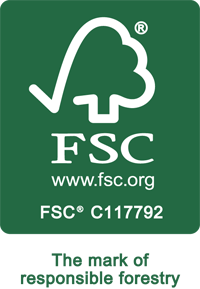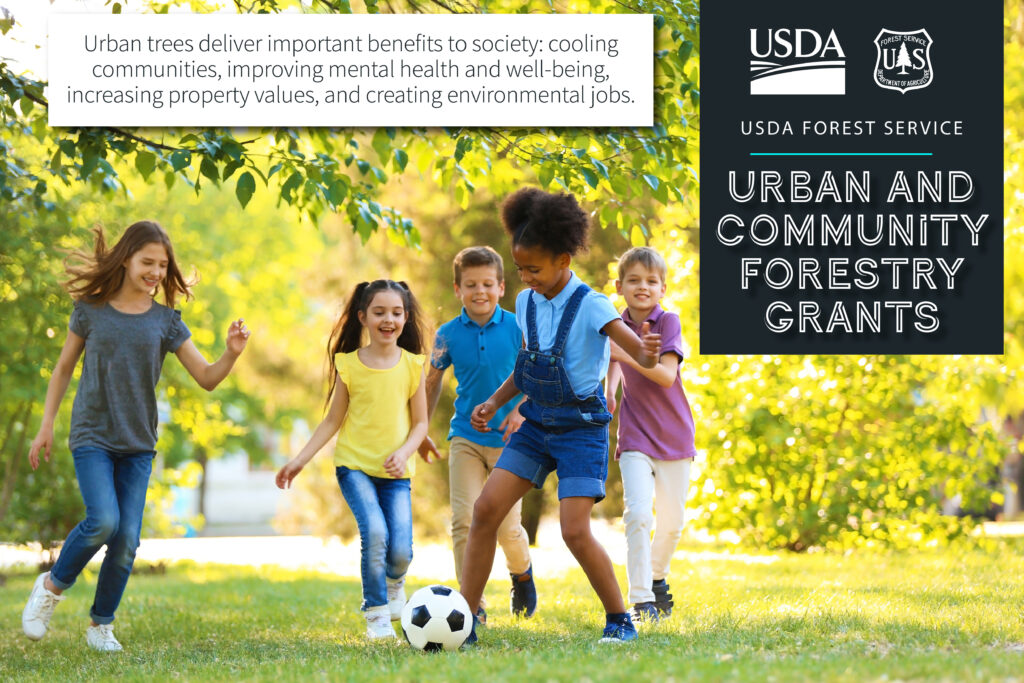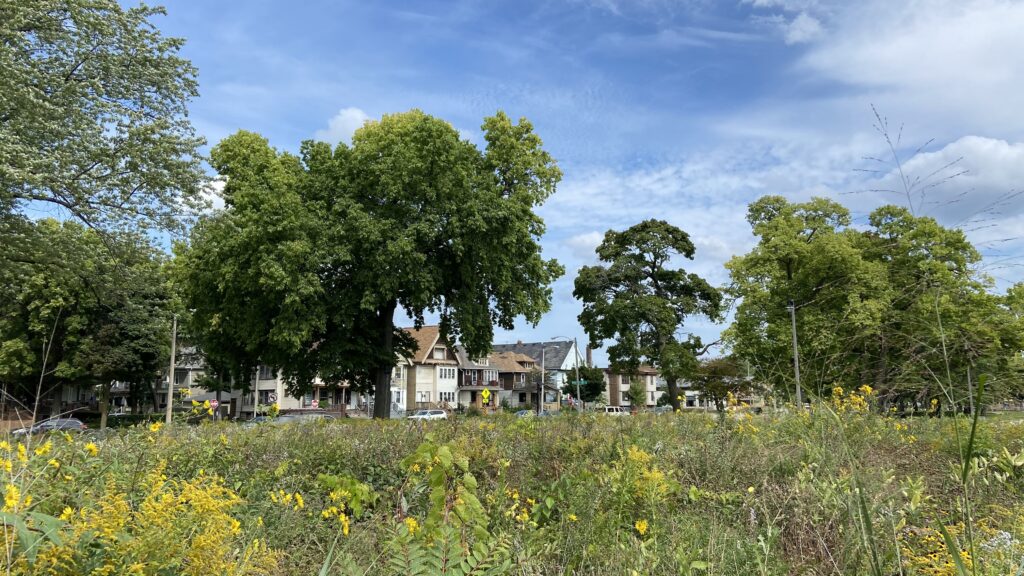As a property tax incentive program, new Managed Forest Law (MFL) enrollments become active at the start of the year to align with a new year for property taxation. 2024 was similar to last year, with more than 1,400 new enrollments!
Some statistics from the new enrollments include:
- Nearly one-third are new landowners in the MFL program
- A total of 107,304 acres were added to MFL
- 1,411 enrollments are individual landowners, and 24 added land to large ownerships with at least 1,000 acres statewide
- The average size of the new enrollments is 64 acres for individual landowners and 719 acres for large ownerships
- 22,281 acres are open to the public for hunting, fishing, hiking, sight-seeing and cross-country skiing
- Nearly 70% (15,422 acres) of the open MFL acreage is part of a large ownership
- 70% of eligible new enrollments elected to participate in the MFL Certified Group
The start of the year is an excellent time for new and existing MFL landowners to review some of the available resources. Check out these resources to understand your obligations, the MFL Certified Group and where to secure professional help.
- Table of landowner roles and responsibilities
- The landowner’s guide to professional resources
- MFL Certified Group Tip Sheet
Welcome to all new MFL landowners, and thank you to new and existing MFL landowners for your commitment to practicing sound forestry.



 One of the most significant advantages of the MFL Certified Group is its accessibility to forest certification for participating “Group Members.” Many of the certification requirements are covered through how the MFL program is implemented and administered. For example, the two most common paths for landowners to enter the MFL Certified Group are the MFL application and the MFL transfer form. Both paths require prospective Group Members to acknowledge and accept the American Tree Farm System® and Forest Stewardship Council® standards and the MFL Certified Group rules.
One of the most significant advantages of the MFL Certified Group is its accessibility to forest certification for participating “Group Members.” Many of the certification requirements are covered through how the MFL program is implemented and administered. For example, the two most common paths for landowners to enter the MFL Certified Group are the MFL application and the MFL transfer form. Both paths require prospective Group Members to acknowledge and accept the American Tree Farm System® and Forest Stewardship Council® standards and the MFL Certified Group rules.


 The Urban Forestry Inflation Reduction Act grant program uses
The Urban Forestry Inflation Reduction Act grant program uses  Council, has updated its recommended species lists for street and park trees. You can find those four documents below and under “Tree Species Selection” on the
Council, has updated its recommended species lists for street and park trees. You can find those four documents below and under “Tree Species Selection” on the  The USDA Forest Service National Urban Forest Technology and Science Delivery Team presents the Urban Forest Connections webinar series on the second Wednesday of each month. These online sessions create a stage for experts to share the latest science, practice and policy on urban and community forestry.
The USDA Forest Service National Urban Forest Technology and Science Delivery Team presents the Urban Forest Connections webinar series on the second Wednesday of each month. These online sessions create a stage for experts to share the latest science, practice and policy on urban and community forestry.